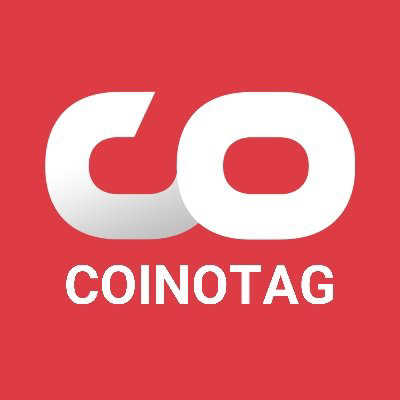
Flow priceFLOW
FLOW/USD price calculator
Flow market Info
Live Flow price today in USD
Do you think the price of Flow will rise or fall today?
Now that you know the price of Flow today, here's what else you can explore:
How to buy Flow (FLOW)?How to sell Flow (FLOW)?What is Flow (FLOW)What would have happened if you had bought Flow (FLOW)?What is the Flow (FLOW) price prediction for this year, 2030, and 2050?Where can I download Flow (FLOW) historical price data?What are the prices of similar cryptocurrencies today?Want to get cryptocurrencies instantly?
Buy cryptocurrencies directly with a credit card.Trade various cryptocurrencies on the spot platform for arbitrage.Flow price prediction
When is a good time to buy FLOW? Should I buy or sell FLOW now?
What will the price of FLOW be in 2026?
In 2026, based on a +5% annual growth rate forecast, the price of Flow(FLOW) is expected to reach $0.1899; based on the predicted price for this year, the cumulative return on investment of investing and holding Flow until the end of 2026 will reach +5%. For more details, check out the Flow price predictions for 2025, 2026, 2030-2050.What will the price of FLOW be in 2030?
About Flow (FLOW)
What is Flow (FLOW)?
Flow is a community-controlled, open and fully decentralized blockchain that was designed with decentralization in mind. It has grown increasingly decentralized over time with more than 10,000 developers engaged in building applications on Flow and over 3,000 smart contracts presently deployed on the network. Only a third of the nodes are controlled by a single entity, and a diverse range of teams and projects are building on Flow.
How does Flow (FLOW) Work?
On Flow, nodes are operated by members of the community. Anyone can become a validator by staking FLOW tokens and running a node, thus ensuring that the network remains decentralized. The network is inherently secure due to the separation of concerns, with consensus being separated from transaction execution. This makes the network more resistant to attacks. Flow is designed to scale without sharding, which allows for high throughput and low latency while preserving decentralization. Flow's governance structure prioritizes safety, transparency, and longevity, with a community-led approach to platform maintenance, administration, and growth.
What makes Flow (FLOW) Unique?
Flowdiver provides a comprehensive overview of the Flow network, displaying important details about the distribution of stake across numerous nodes located in different regions. This platform also monitors the network's operational status and efficiency, presenting essential metrics such as uptime for both the network and access nodes, collection and block finalization, transaction execution, sealing metrics, and the consensus leaderboard.
What is the FLOW Token?
Flow is a blockchain based on proof of stake that uses the native token of the chain, FLOW. This token is used to reward staked participants, facilitate transactions within the ecosystem, and cover network fees.
FLOW has multiple critical functions within the Flow network, including staking, rewards, fees, storage deposits, medium of exchange, collateral, and governance. The token is required for validators and delegators to participate in the network and is also used for transaction fees. In addition, FLOW serves as a collateral on DeFi apps and is the principal token for voting on future protocol and ecosystem development.
Bitget Insights




FLOW/USD price calculator
FLOW resources
Tags:
What can you do with cryptos like Flow (FLOW)?
Deposit easily and withdraw quicklyBuy to grow, sell to profitTrade spot for arbitrageTrade futures for high risk and high returnEarn passive income with stable interest ratesTransfer assets with your Web3 walletWhat is Flow and how does Flow work?
Global Flow prices
Buy more
FAQ
Is Flow (FLOW) a good investment?
What factors influence FLOW price?
How does FLOW coin work?
Is FLOW better than Ethereum?
Is FLOW better for NFT development than Ethereum?
What are some achievments of FLOW?
What is the current price of Flow (FLOW) on Bitget Exchange?
What factors are influencing the price of Flow (FLOW) right now?
Is Flow (FLOW) expected to rise in price in the next few months?
How does Flow's price performance compare to other cryptocurrencies?
What is the price prediction for Flow (FLOW) for the end of this year?
Has Flow (FLOW) reached its all-time high price recently?
What are the technical indicators saying about Flow's price trend?
How can I buy Flow (FLOW) on Bitget Exchange?
Are there any upcoming events that could affect Flow's price?
What should I know before investing in Flow (FLOW)?
What is the current price of Flow?
What is the 24 hour trading volume of Flow?
What is the all-time high of Flow?
Can I buy Flow on Bitget?
Can I get a steady income from investing in Flow?
Where can I buy Flow with the lowest fee?
Related cryptocurrency prices
Prices of newly listed coins on Bitget
Hot promotions
Where can I buy Flow (FLOW)?
Video section — quick verification, quick trading









